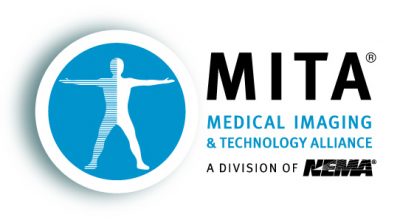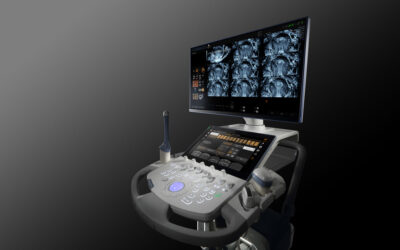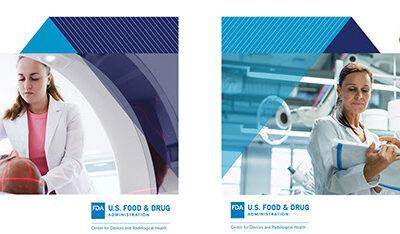 The Medical Imaging & Technology Alliance (MITA) applauded the Food and Drug Administration (FDA) for issuing guidance giving imaging manufacturers crucial flexibility in responding effectively to the COVID-19 national health emergency, in a recent press release. The updated guidance comes after MITA issued key recommendations for the agency to adopt to empower the sector during the present crisis.
The Medical Imaging & Technology Alliance (MITA) applauded the Food and Drug Administration (FDA) for issuing guidance giving imaging manufacturers crucial flexibility in responding effectively to the COVID-19 national health emergency, in a recent press release. The updated guidance comes after MITA issued key recommendations for the agency to adopt to empower the sector during the present crisis.
The final guidance, “Enforcement Policy for Imaging Systems During the Coronavirus Disease 2019 (COVID-19) Public Health Emergency,” is effective immediately and will increase the availability of mobile and portable systems, as well as the diagnostic imaging options for patients both inside and outside of health care facilities – an essential step in responding to the pandemic.
“The additional flexibility by FDA for medical imaging device manufactures will enable expedient delivery of imaging products to where they are needed to meet demand in response to the COVID-19 pandemic,” MITA Executive Director Patrick Hope said.
Importantly, the guidance affirms the agency’s intent not to object to certain modifications of medical imaging products or their indications. Examples of circumstances where FDA currently believes modification would not create undue risk include:
- Expansion of indications for use beyond the cleared/approved indications (e.g., extremity-only use expanded to other body parts) to acquire images in situations where no alternatives exist at a facility
- Modifications that expand mobility, portability, or relocation of medical imaging systems (e.g., motors, batteries, electrical components, or other hardware and/or software modifications that enable conversion of fixed to mobile imaging systems; provide or increase the capability for wireless use or remote use; design changes intended to reduce electromagnetic emissions in confined spaces to prevent electromagnetic interference with surrounding systems)
- Modifications to protect the operator or patient (e.g., the addition of a barrier to protect the operator or patient from scatter radiation or to provide additional protection against disease transmission)
- Design modifications to improve the ability to clean, disinfect, and/or sterilize the product
- Material changes to components (e.g., use of portable solid-state detectors) where the change does not significantly degrade image quality and potential hazards associated with the modifications (e.g., scatter radiation or pinch-points) are identified and mitigated by design and/or labeling
The guidance also outlines additional flexibility for ultrasound systems, including the following examples of circumstances where FDA currently believes a modification would not create undue risk:
- Modifications to enable the use of ultrasound outside its cleared environment of use (e.g., in a temporary imaging situation with different or more variable environmental conditions, such as a general practitioner’s office or a field hospital)
- Modifications to enable the collection of images by health care practitioners who are not trained in sonography, under the guidance or supervision of a trained or licensed healthcare practitioner (e.g., functionality to enable remote guidance)
- Addition of a lung scanning clinical application (and/or lung scanning pre-sets)
Greater flexibility for the importation of certain X-ray products for the duration of the public health emergency is also granted in the guidance. This represents another noteworthy policy change that will expedite the delivery of capital medical equipment along the importation supply chain.








